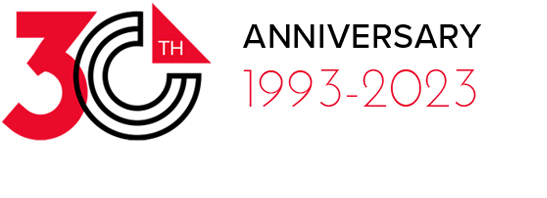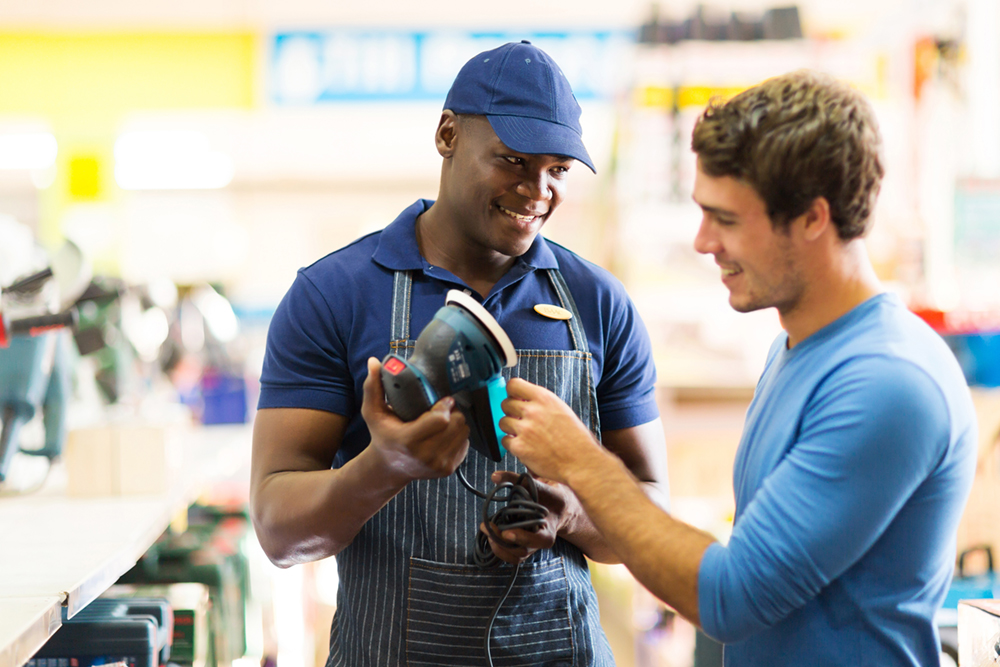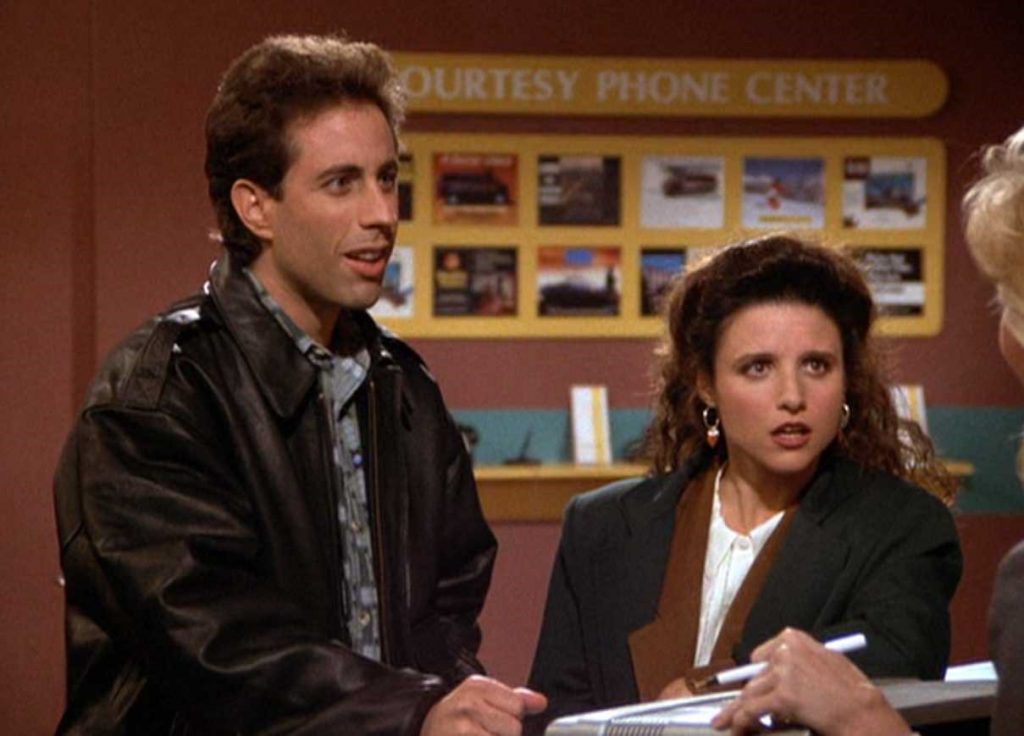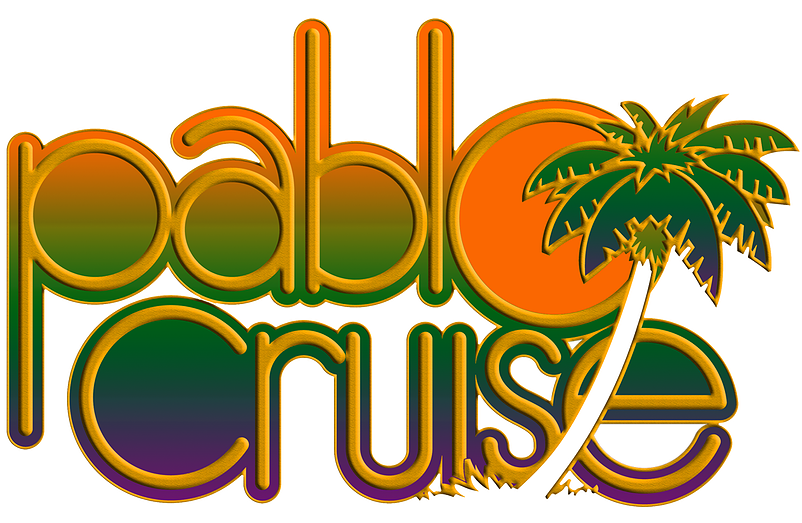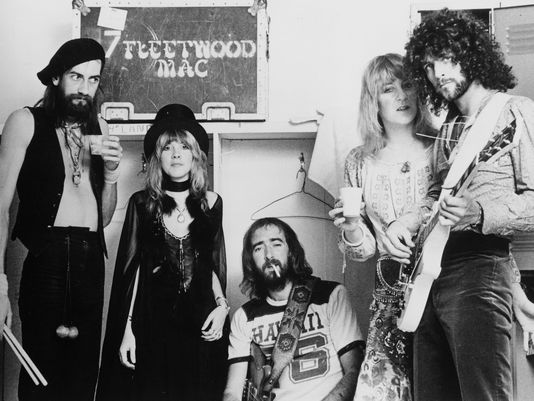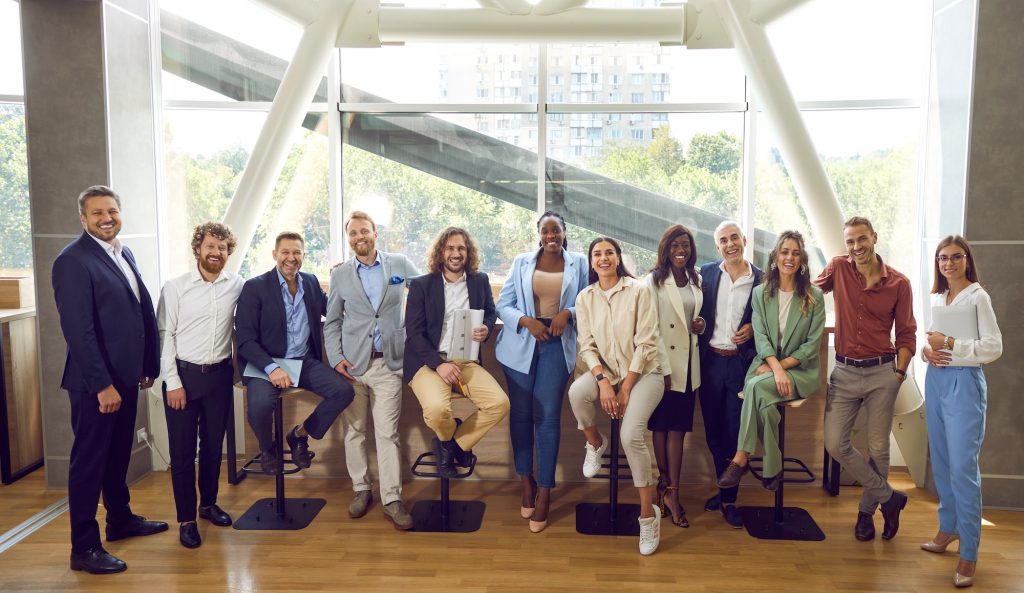
As a trade show exhibitor, you want attendees to rave about their experience in your booth and your retail customer service. So you design a beautiful exhibit, purchase clever giveaways, and create interactive experiences. Great! Those are all important steps to a successful trade show program. However, many exhibitors forget (or simply ignore) one very important step – booth staff training.
At a trade show, booth staff training is often the deciding factor between making a lasting impression or being forgotten. While your sales, marketing, and C-level staff in the booth have excellent customer service skills, they may be unfamiliar with how to maximize their impact in a trade show booth. Fortunately, if they’ve ever worked in retail customer service—whether as a sales associate, cashier, server, hostess, or any position where they engaged with the general public—they already have the necessary background to be amazing in any trade show booth. The key is to tap into that buried knowledge.
Trade Show Booth Staff Training vs. Retail Customer Service
Whether your booth staff worked at Macy’s, LensCrafters, AutoZone, or Olive Garden, at a minimum, they learned to be nice, be polite, and treat each customer with respect. At a maximum, they learned how to sell and the importance of customer service. The products and services may be more complicated and the selling price higher, but the skills are basically the same.
Working a trade show booth is remarkably similar to working on the sales floor in retail or waiting on customers in a restaurant. Both environments require:
- Professionalism, positivity, and courtesy.
- Listening, identifying, and addressing customer needs
- Connecting customers with the best resource(s)
- Remaining composed and attentive, especially during peak activity.
- Never making assumptions based on appearance, titles, gender, or ethnicity.
Your booth staff is there to assist customers. Sometimes your customers know exactly what they want. Other times, they expect you to guide them to the most appropriate solution after determining their needs. Sometimes it’s slow. Other times it’s busy, but either way, you are onstage and expected to perform flawlessly and to be a professional.
Learning from Retail Customer Service
Retail environments prioritize customer service to ensure shoppers feel valued and supported. These principles apply directly to trade shows, where every interaction shapes your brand’s perception.
Here are the foundational retail customer service strategies you can incorporate into your booth:
- Acknowledgment Matters: Greet everyone who enters your booth with a smile and a welcoming attitude, even if you’re busy. A simple, “I’ll be right with you,” can go a long way.
- Dress for Success: Appearance is crucial. Ensure your team’s attire reflects professionalism and aligns with your brand image.
- Active Listening: Practice the 80/20 rule of sales: listen 80% of the time and talk 20%. Attendees appreciate being heard and understood.
- Product Knowledge: Be well-versed in your offerings and don’t hesitate to involve a colleague if additional expertise is required.
Example: Sarah is an account manager at Senox Technologies, which is exhibiting at NADA, the aftermarket auto show. An attendee is standing by a demo station in the Senox booth that features the company’s safety products. Sarah approaches him, introduces herself, and asks if she can answer any questions about the product.
At first, his questions are more general, but then he asks a technical question about the software, which is not Sarah’s expertise. She politely excuses herself and brings Emily over, a software engineer, to speak with him. While they chat, Sarah takes notes in the lead retrieval systems so the appropriate Senox Technologies representative can follow up with the attendees after the show.
Booth Staff Training: Before the trade show, the Senox team met for booth staff training. During the training session, they wrote down a series of questions attendees might ask at the show. Each of those questions was then assigned to a product knowledge expert at Senox so everyone knew who would be the go-to person at NADA for that information.

Retail Customer Service in Trade Show Booth Staff Training
Most retailers devote significant time and money to customer service training for their employees. The same can’t be said for exhibitors and their booth staff. They assume their team will be professional, which isn’t always true.
- Prioritize the Attendee Experience: Adapt retail’s focus on the customer experience by designing your booth to be inviting and attendee-friendly. Create clear pathways and interactive stations that encourage engagement without being overwhelming.
- Use Open-Ended Questions: Engage visitors by asking open-ended questions that uncover their needs and goals.
- Avoid Common Pitfalls: Many of the “don’ts” of retail customer service apply directly to trade shows:
- Avoid eating, drinking, or using your phone in the booth.
- Never bad-mouth competitors.
- Don’t judge attendees by their appearance or badge color—everyone is a potential customer or influencer.
Example: It’s the third day of the Midwest Tool Expo, and the booth staff at Pegasus Manufacturing is tired and hungry. Rodney offers to get food for everyone at the Mexican Food stand outside the convention center. Amy, the company’s trade show manager, tactfully suggests he get food for half the team, and they’ll meet him in the food court. Then she’ll get food for everyone else once they return. They all agree.
Booth Staff Training: Imagine a salesperson at a clothing store eating a beef burrito while assisting you with a purchase. Not ideal, even if you like burritos. During booth staff training, Amy encourages everyone to eat a healthy breakfast before show hours. She then suggests that they stagger meals and breaks so the booth is always covered and everyone has a chance to recharge away from the booth space.
Retail Customer Service Tips for Trade Show Success
Companies like Forever 21, Dick’s Sporting Goods, and Nordstroms have unique brands and, ideally, their employees reflect those brands and their culture. For customers, the shopping experience has to be authentic, or they will switch to retailers that align with their values. Trade shows are a condensed version of branding and culture. Successful exhibitors work hard to get it right, whether it’s the graphic design or the booth staff training.
- Build Trust Through Authenticity: Attendees can quickly sense insincerity. Approach every interaction with genuine interest and enthusiasm.
- Follow Up Promptly: Much like honoring commitments in retail, trade show follow-ups are critical.
- Practice Team Coordination: Teamwork is a hallmark of effective retail customer service. Assign roles to ensure every team member knows their responsibilities.
Example: Sasha, the CMO for Alexia Services, has arranged for lead retrieval software at HIMSS, the health information management show. This software uses an app on smartphones to capture attendee information not only on the show floor but also at client meetings, training sessions, and the show gala. She’s taken the time to load it with sales and marketing literature, information fields important to their sales process, and an automated email system that thanks attendees for visiting the booth and creates a calendar invite for a post-show meeting.
Booth Staff Training: At the pre-show booth staff training, Sasha explains the lead retrieval process and guides them through the software. She then sets expectations for the team. Each morning in the booth, she reviews the leads from the previous day and reminds everyone of the process and the expectations. As a result, the sales team receives the leads in real-time and can contact potential clients days, and in some cases weeks, before the competition.

Sales Customer Service Tips for Trade Shows
Several years ago, I was asked to conduct a trade show booth etiquette and sales training seminar for a medical services company. Instead, I asked the attendees if they had ever worked in any job where they were expected to approach, assist, and advise someone on a purchase. Of the 52 attendees, all but four raised their hands. I then asked them to think about the “rules” they learned from those experiences.
Here’s What They Shared:
- Acknowledge every customer who enters your department, even if you are busy.
- Smile.
- Don’t bad-mouth your competition.
- If you have time to lean – you have time to clean.
- Arrive on time. Don’t leave early. Your customers expect the store to be open at the scheduled time and remain open until they have finished shopping.
- Listen. Follow the 80/20 rule of sales by listening at least 80 percent of the time.
- Ask open-ended questions.
- Say “Thank you,” “Please,” and “You’re Welcome.”
- Dress appropriately for the job, including basic hygiene. At a minimum, polish your shoes, use an iron, brush your teeth, and comb your hair.
- The “Hard Sell” rarely works. The “Consultative Approach” rarely fails.
- Don’t chew gum on the sales floor.
- Don’t eat on the sales floor.
- Don’t drink any beverages on the sales floor.
- Wear comfortable shoes.
- You can’t be an expert on everything. Ask a colleague to ask who may know more about a product or service.
- Don’t make assumptions based on a customer’s appearance.
- Start conversations . . . not a sales pitch.
- The customer is always right (or mostly right).
- Things get messy, but they can’t stay that way.
- You’re not a carnival barker. You are a sales professional.
- If you make a commitment to find something, to add them to the mailing list, or to call them when an item goes on sale, honor that commitment.
Maximize Trade Show Success with Retail Customer Service Best Practices
So next time you enter your booth, whether you have a tabletop at the local Chamber of Commerce show or a 30′ x 30′ custom exhibit at your industry’s premier event, remember what you learned working nights and weekends at the mall. And don’t forget to shine your shoes and iron your shirt or blouse. Appearance counts!
The Classic Exhibits Distributor Network includes over 250 exhibit houses and display professionals in North America. Find success on the trade show floor with an exhibit that reflects your marketing message. For more information, see www.classicexhibits.com and explore Exhibit Design Search or request a meeting with a Classic Distributor Partner.


